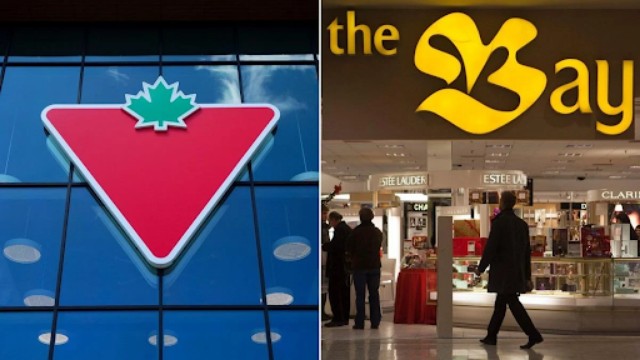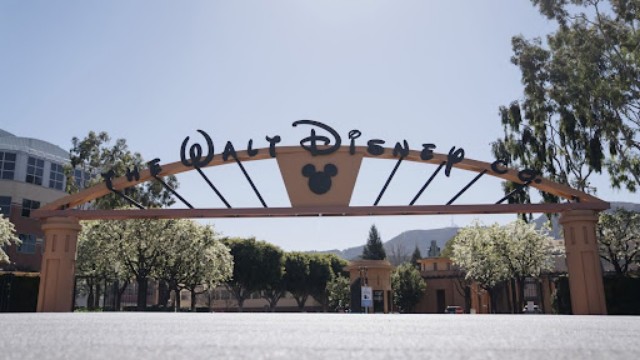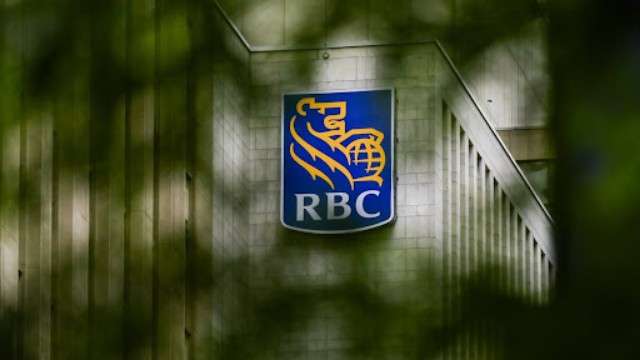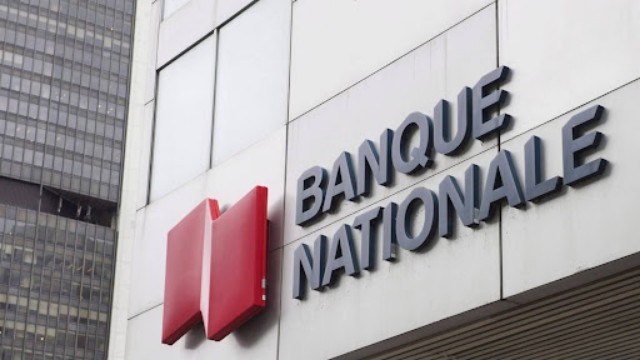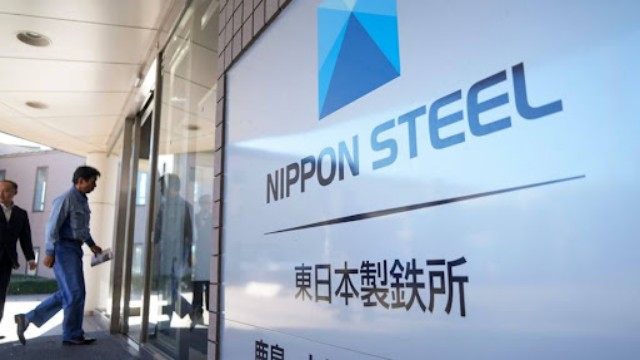
Minister of Environment and Climate Change Steven Guilbeault hold a press conference in Ottawa on Monday, Nov. 4, 2024. (THE CANADIAN PRESS/Sean Kilpatrick)
Canada’s oil and gas sector is set to face new federal regulations aimed at significantly reducing greenhouse gas emissions. Environment Minister Steven Guilbeault announced the draft regulations, which demand that emissions from the oil and gas industry decrease by approximately 35% by 2030. The plan, which seeks to fulfill a 2021 campaign pledge by the Liberal government, is a key element in Canada’s ongoing strategy to curb climate change. However, the proposed changes could stir further tension between the federal government and Alberta, a province heavily reliant on the energy sector, which recently launched a $7-million campaign to oppose such restrictions.
Guilbeault stated that the regulations target the oil and gas sector due to its substantial contribution to Canada’s overall emissions, which stood at 31% in 2022. The industry has shown minimal reductions in emissions over recent years, and Guilbeault emphasized that every sector should contribute its “fair share” toward national climate goals. He acknowledged the likely backlash from Alberta and its leaders, who have argued that the cap could harm the province's economy and jobs. Alberta Premier Danielle Smith has vowed to challenge the cap, describing it as potentially "devastating" for her province’s economy.
The proposed regulations focus on upstream oil and gas operations, including production and refining. Companies in this sector would need to bring emissions down to 35% below their 2019 levels between 2030 and 2032. The government, however, asserts that this reduction can be achieved with existing technology without slashing production volumes. According to federal projections, oil and gas production could even grow by 16% by 2032, compared to 2019 levels, despite the emissions cap.
Guilbeault underscored the importance of reducing emissions to keep Canadian oil competitive globally, especially as the demand for low-carbon energy rises. He stated that “in a carbon-constrained world, people will be demanding low-emitting oil,” adding that without investments in greener practices, Canada’s oil sector may struggle to compete on the international stage.
To meet the targeted reductions, about half of the cuts are expected to come from reducing methane emissions, a potent greenhouse gas. Some oil producers are already taking steps to mitigate methane leaks through advanced equipment and monitoring. The remaining cuts would involve various technologies, including carbon capture and storage. Ottawa has pledged $12.5 billion in tax incentives to support companies adopting these systems, which trap and store carbon dioxide underground.
The regulations, set to be open for public comment until January 2025, opt for the lower end of a reduction range previously outlined by the government. This decision follows extensive discussions on how to balance environmental goals with economic viability. Nevertheless, some analysts warn that without actual production cuts, meeting these targets may be challenging. A recent report from the Conference Board of Canada noted that the cap could result in reduced government revenue, particularly for Alberta, and slower job growth.
Critics of the plan, including Business Council of Canada President Goldy Hyder, argue that the cap could weaken the economy and disrupt energy trade with the United States. Conservative Leader Pierre Poilievre has also committed to overturning the emissions cap if he assumes office.


